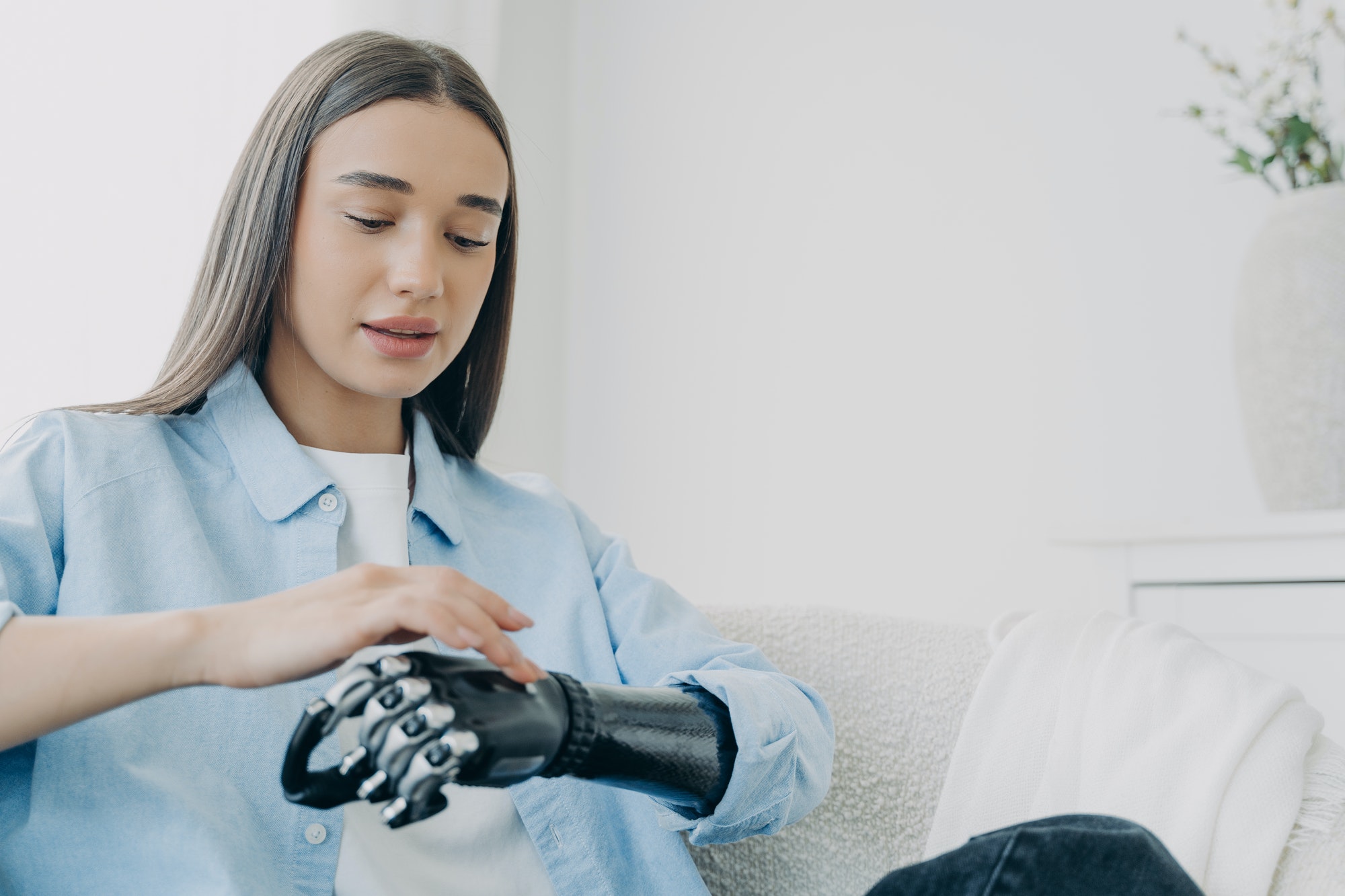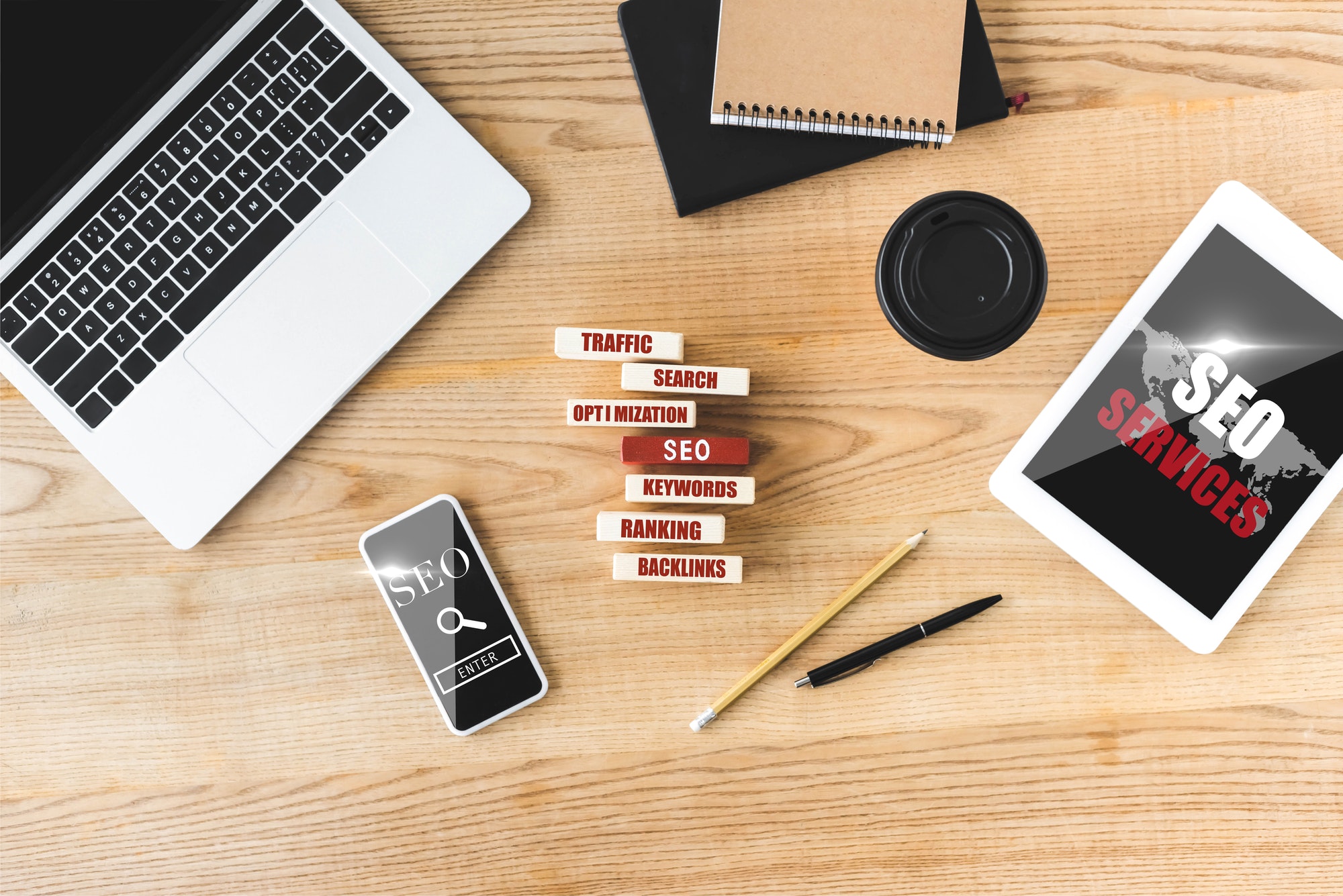The intersection of Artificial Intelligence (AI) and entrepreneurship has opened a new frontier for generating innovative business ideas. AI’s ability to analyze large datasets, recognize patterns, and simulate creative processes has significant implications for entrepreneurs. Here’s a review of current research and applications:
- AI in Design and Architecture: Stephen Tanugraha explored the role of AI in architectural design, focusing on an AI tool called MidJourney. While it showed potential in generating innovative design ideas, its limitations in understanding the logic of structures were noted, reflecting its primary focus on graphic rather than architectural design (Tanugraha).
- AI-Powered Design Heuristics for UX Designers: Xiaoneng Jin et al. discussed using design heuristics for AI to support UX designers in generating AI-powered ideas. The study showed that AI can be used as a design stimulus in the early design phase, proving its feasibility through two AI-powered case studies (Jin et al.).
- AI in 3D Modeling and Creative Process: F. Limano focused on the implementation of AI Art concepts in 3D modeling. This study highlights AI’s role in supporting the creative process, suggesting its potential in enhancing artistic and design creativity (Limano).
- AI’s Role in Idea Generation and Innovation: B. R. Purnomo’s work discussed how AI can assist organizations in generating and developing ideas for innovation. The study emphasized the importance of organizational capability in information processing and the factors driving AI adoption in innovation management (Purnomo).
- AI in Predicting Entrepreneurial Mindfulness: Anthony Kevin Oktavius and colleagues aimed to build an AI model to predict the level of entrepreneurial mindfulness, demonstrating the potential of AI in understanding and predicting entrepreneurial traits and behaviors (Oktavius et al.).
- AI and Creativity in Content Creation: Teimuraz Goderdzishvili examined whether AI can generate creative ideas, particularly in creative industries like content creation and information analysis. The study acknowledged the challenges in replicating human creativity and originality of thought in AI systems (Goderdzishvili).
- AI in Generating Business Opportunities: Sayed Mahmoud El Sayed El Khouly et al. explored the use of AI and big data analytics in generating business opportunities. Their research proposed a strategic management model for creating a smart business operating system, underscoring AI’s role in predicting and recommending business ideas and investors (El Sayed El Khouly et al.).
- AI Chatbots in Creativity Tasks: Mika Koivisto and Simone Grassini found that AI chatbots performed well in a creativity task, though the best human ideas still matched or exceeded those of the chatbots. This highlights the complementary nature of AI in creative processes (Koivisto and Grassini).
- AI in Entrepreneurship Education: Menahi Mosallam Alqahtani’s research on AI’s application in entrepreneurship education in Qatari higher education institutions post-Covid-19 showed a positive impact, particularly in machine vision, indicating AI’s growing role in educational contexts (Alqahtani).
- AI in Literature Synthesis and Writing: I. Švab et al. highlighted AI’s increasing use in scientific literature synthesis and writing, streamlining the research process by analyzing, synthesizing content, and assisting in organizing references and manuscript language (Švab et al.).
In summary, AI’s role in generating entrepreneurial ideas spans various fields, from design and architecture to content creation and business strategy. Its ability to analyze complex datasets, support creative processes, and predict entrepreneurial traits and behaviors offers a powerful tool for entrepreneurs seeking innovative ideas and solutions. However, the challenge remains in harnessing AI’s potential while acknowledging its limitations compared to human creativity and originality.



